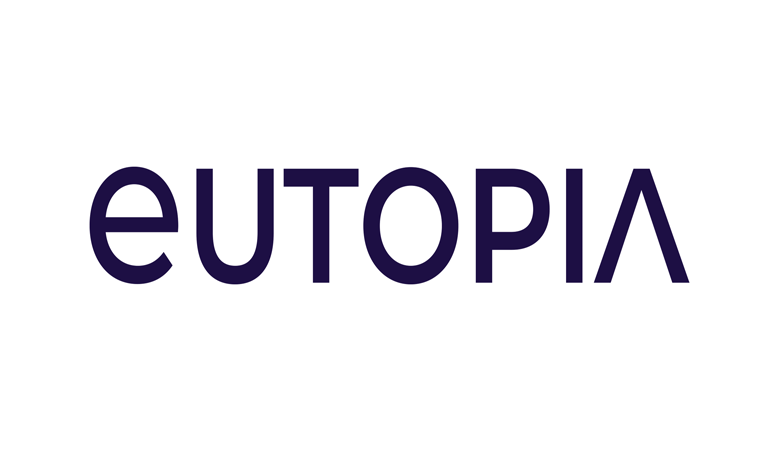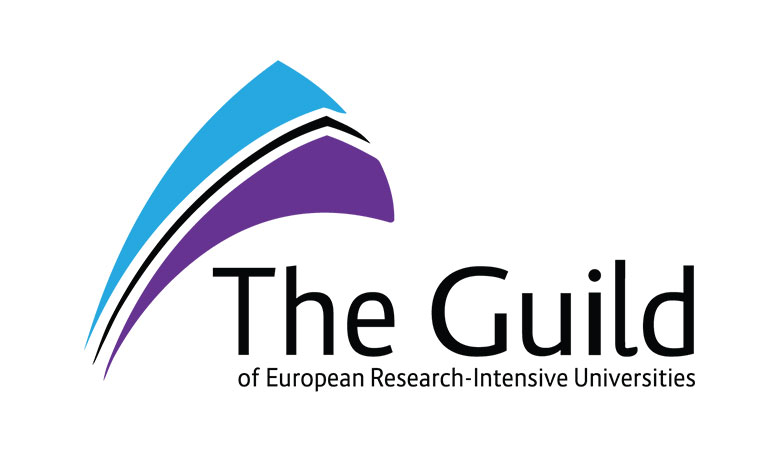Notification for Partner Selection
Adapting the Five Museums of the BBU to Digital Developments as a Means for Increasing Audience
The Babeş-Bolyai University, the oldest university in Romania (founded in 1581), intends to install in an 18th century building a modern and integrated museum for illustrating the pluriethnic and multidisciplinary tradition of university education in Cluj.
The new museum is meant to show the main research directions starting from the 16th century until today, the achieved results, and the personalities who thrived in this academic environment along time.
Designed as an integrated space, the museum will recreate a living image of the Transylvanian world, depicting its biodiversity and multiculturalism. It will bring together unique pieces, objects, and documents from Romania and South-Eastern Europe, which the Babeş-Bolyai University possesses in the collections of the five university museums and in its historical archive.
The most representative pieces for the five museums of the Babeş-Bolyai University will be displayed physically and virtually. These museums are the Museum of Mineralogy, the Museum of Paleontology and Stratigraphy, the Zoological Museum, the Botanical Museum, and the Museum of University History.
For example, the Mineralogy Museum owns the only collection of meteorites from Romania (of the ten meteorites documented to have fallen in Romania, eight are hosted by the BBU Museum of Mineralogy and the other two are in Budapest and Vienna). This museum is also hosting a unique collection of precious stones as well as one of the richest and most diverse collections of gold from Romania (it comprises more than 450 pieces, especially from the most famous occurrences in the country, like Roşia Montană and Brad; it is considered as the second important collection in Romania, after the Gold Museum in Brad).
The Museum of Paleontology also holds unique collections, such as the one concerning the Transylvanian Basin. The museum has a fossil inventory showing the geological evolution of the Transylvanian Basin over several million years (starting with the Jurassic, that is about 190 million years ago). A very fascinating attraction is represented by the fossil remains of the well-known dinosaur fauna, including a nest of dinosaur eggs from the Haţeg Basin. Equally valuable are the collections of the Zoological Museum that comprise some of the animal species belonging to the fauna of Romania as well as many species originating from different parts of the world. Among the unique collections, we would like to mention the Joseph von Franzenau (established by the middle of the 19th century) and the René Jeannel butterfly collections, the arachnid collections (spiders), isopoda (crustaceans) as well as the Otto Herman, Vasile Radu, and Bella Kiss orthoptera collections (insects).
Equally valuable and rare are the collections of the Botanical Museum; they display, in miniature, the vegetation of Romania. Of particular value is the Herbarium of the University, which contains 660,000 sheets with plants from all regions of the globe, some of them representing species that have disappeared.
The Museum of University History hosts documents and objects illustrating the age and academic activity of the Babeş-Bolyai University. Most of these documents belong to the historical archive of the BBU, an entity that currently holds over 1000 pieces, i.e. documents, diplomas, seals, photographs, etc.
The Babeș-Bolyai University Museums belong to the patrimony of the Babeș-Bolyai University and their activity is coordinated by the Academic Cultural Heritage Department, through its Museum Service.
The Academic Cultural Heritage Department is currently selecting a partner to develop, apply, and implement, if approved, a project financed through EEA Grants 2014-2021 Priority Sector Culture, Civil Society, Good Governance and Fundamental Rights and Freedoms, Programme Area 14 “Cultural Entrepreneurship, Cultural Heritage and Cultural Cooperation”.
We estimate that we will detail the following draft information within the application form together with our partner(s):
The projected title could be “Adapting the Five Museums of the BBU to Digital Developments as a Means for Increasing Audience”
The project “Adapting the Five Museums of the BBU to Digital Developments as a Means for Increasing Audience” will implement the following activities for supporting the measures indicated in the Programme Area 14 “Cultural Entrepreneurship, Cultural Heritage and Cultural Cooperation” Blue Book:
- Reinforcement of cultural heritage management for strategically revitalizing heritage and contributing to sustainable local and regional development (creation of interactive museum exhibition spaces)
- Adaptation to digital developments (developing museum spaces for virtual tours, equipment procurement, multimedia content development)
- Documentation of cultural history as well as safeguarding cultural heritage and making it accessible (restoration of high importance museum assets)
- Increase in public inclusion and awareness of cultural diversity (developing the museum capacity for receiving disabled guests, organization of events on Transylvanian cultural diversity)
- Outreach and educational activities (holograms, touchscreen learning equipment across the museum, etc.)
- Creation of cultural heritage routes (mind-map of cultural heritage managed by the BBU Museums, Lego touchpad, etc.)
- Skills, competencies, and know-how development (3D modeling of museum patrimony for young visitors)
- Creation of new working methods/business models (multiscanner for digitization and multimedia representation)
- Support for the cultures of the minorities (developing routes relating to the cultures of the Transylvanian minorities within the BBU Museums)
- Promotion of the dialogue on history narratives (developing the Racoviţă Laboratory)
- Bilateral cooperation between cultural players (organization of an international exhibition on the BBU Museums in one of the donor countries)
- Mobile unit (container) for heritage promotion during social/cultural events
This list of activities will be detailed together with the selected partner(s).
Due to the complex objectives of our project, one or more partners will be selected to work with us. Our partner(s) should meet at least the following requirements:
- To be an NGO, university, research institute, private company, or public institution from one of the donor countries: Norway, Iceland, or Liechtenstein. The partner should submit a presentation of their entity describing its activity, previous projects, employees and competencies, interest and capacity to share knowledge in the cultural field.
- To have implemented at least one project in the multimedia/digital domain, with the delivery of services as: domain consultancy, mobile & digital development, training and cultural design. The potential partner(s) should submit a presentation of relevant similar projects.
After the selection process, according to the call of projects calendar for the Priority Sector Culture, Civil Society, Good Governance and Fundamental Rights and Freedoms, Programme Area 14 “Cultural Entrepreneurship, Cultural Heritage and Cultural Cooperation”, the applicant and its partner will sign a partnership agreement and will work together to submit the application form for the project.
Please send your expression of interest by e-mail at patrimoniu@ubbcluj.ro until 01.10.2017.




